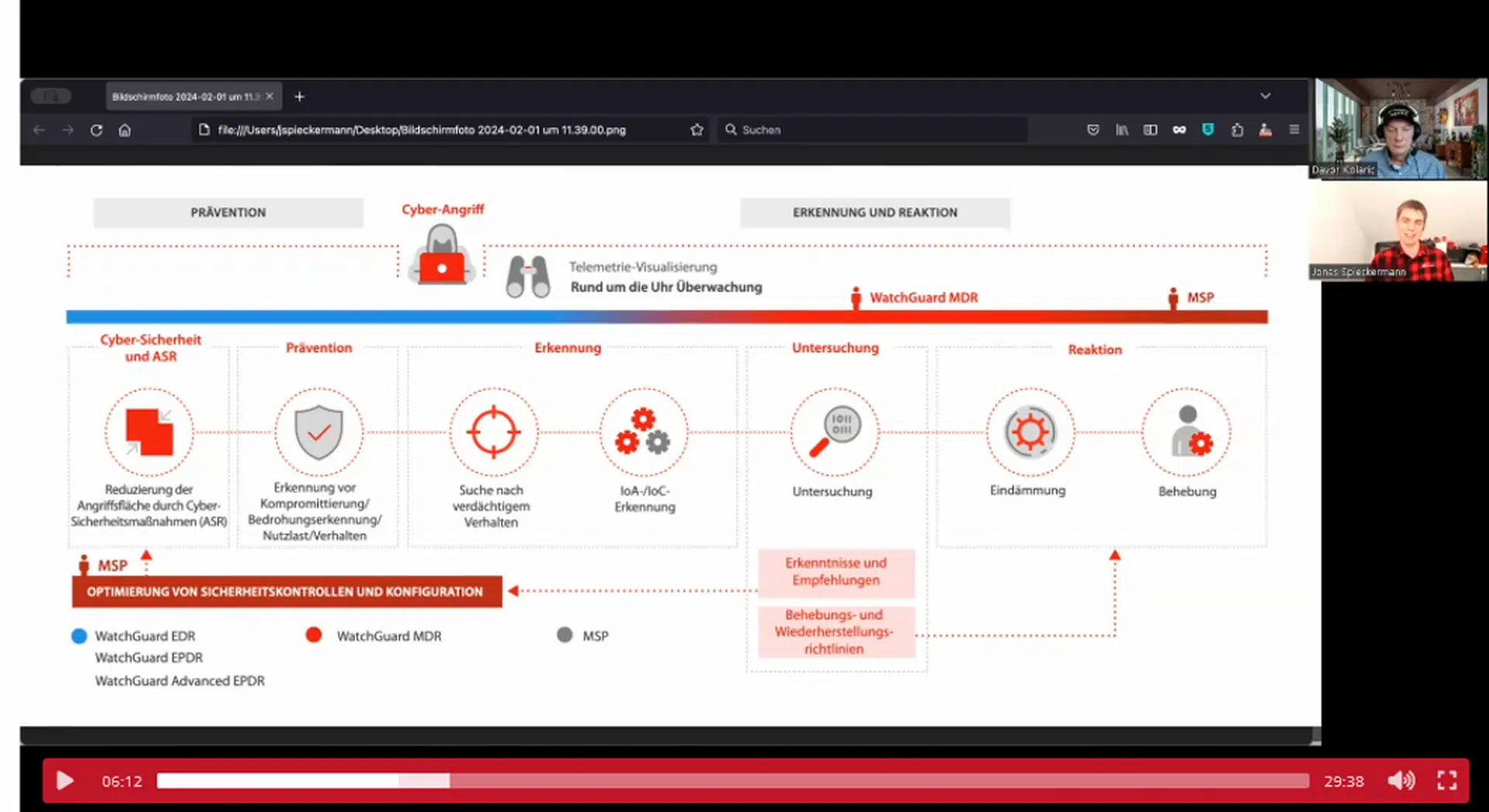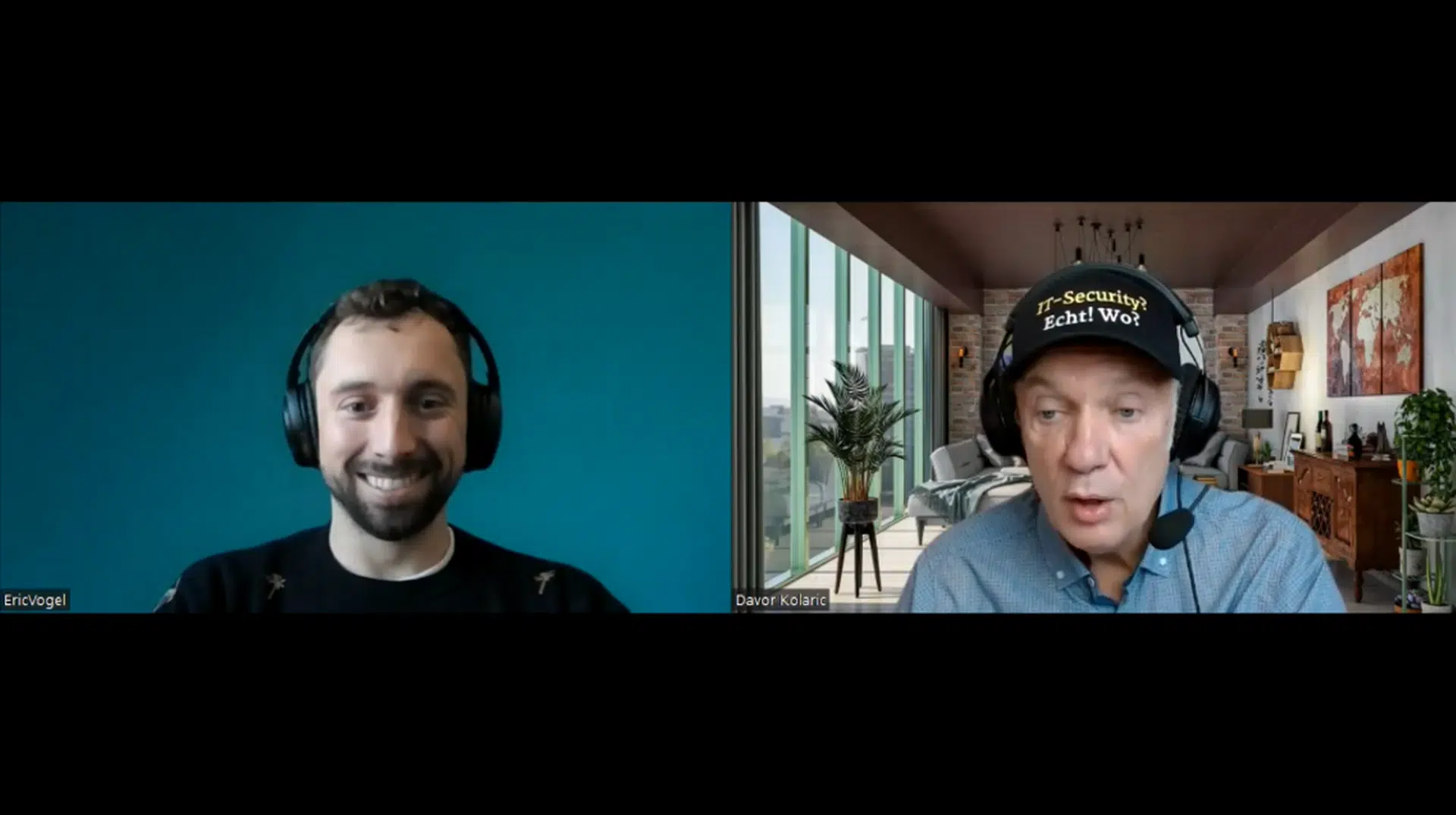
Analysts Explore How I&O Builds Resilient Systems and Teams at the Gartner IT Infrastructure, Operations & Cloud Strategies Conference EMEA, 22-23 November
In a world where constant change is becoming routine, Gartner, Inc said that infrastructure and operations (I&O) leaders must shift their traditional focus from efficiency to one of adaptive resilience.
“I&O leaders must re-imagine how they manage their talent, their platforms and operations, if they want to dynamically and quickly exploit new opportunities,” said Dennis Smith, research vice president at Gartner.
During the opening keynote of the Gartner IT Infrastructure, Operations & Cloud Strategies Conference 2021 EMEA, which is taking place virtually through Tuesday, Gartner analysts discussed how to transform I&O into an adaptive and resilient organisation.
I&O Leaders Must Retain, Attract and Evolve Talent
In a world where being adaptable is paramount, talent management plays a more critical role than ever for I&O organisations. A Gartner survey showed that talent availability is the most significant adoption barrier to 64% of emerging technologies. This dynamic – combined with a fiercely competitive labour market – are putting more pressure than ever on I&O leaders.
I&O leaders must learn how to retain the talent they have, attract new talent, and evolve everyone’s skills along the way. By embracing diversity, equity, and inclusion’s best practices, organisations can build the right resources over time and use agile learning methods to adapt and evolve skillsets as needed. Gartner analysts predict that by 2026, 50% of large organisations will use agile learning as the upskilling/reskilling method.
I&O Leaders Must Build Adaptive Platforms
“With over 40% of organisations’ staff now acting as business technologists, we have a wider variety of users depending on IT departments today than ever before,” said Douglas Toombs, research vice president at Gartner. “The rapid growth of “citizen IT” business technologists, paired with the vast array of public and private infrastructure choices available in the market, has placed more pressure on I&O to perform than ever before.”
By building adaptive platforms that are loosely coupled, but tightly integrated, I&O can empower creators of all types of systems throughout the organisation. “As hyperautomation is a critical path to achieve growth and operational excellence, I&O leaders must make automation a first-class discipline in everything they do,” said Toombs.
By embracing hyperautomation strategies, I&O can pave the way for intelligence systems, such as AIOps and incident response automation, that play a key role in the day-to-day operations of IT.
Gartner estimates that by 2025, 60% of I&O teams will use AI-augmented automation across their organisations, up from 1% in 2020.
I&O Leaders Must Co-Create With the Business
“No matter how good your technologies or solutions are, no matter how talented your staff is, I&O leaders must align I&O with the way the business works to continuously adapt in a world of constant change,” said Julia Palmer, research vice president at Gartner. “I&O leaders will have to learn to work towards adaptive operations to focus on multiple business models, and rethink how I&O engages and partners with the business.”
I&O leaders must help their organisation grow adaptively by sensing and responding to business changes. Embedding I&O closer to the business with the use of fusion teaming will enable leaders to quickly adjust plans, forecasts, budgets, and resources as business environments change. “This is not about growing I&O. It is about I&O enabling the growth of the business,” said Palmer.
Fachartikel

Strategien für eine fortgeschrittene digitale Hygiene

Mit LogRhythm 7.16 können Sie das Dashboard-Rauschen reduzieren und Log-Quellen leicht zurückziehen

Wie man RMM-Software mit einer Firewall absichert

Red Sifts vierteljährliche Produktveröffentlichung vom Frühjahr 2024

Konvergiert vs. Einheitlich: Was ist der Unterschied?
Studien

Studie zu PKI und Post-Quanten-Kryptographie verdeutlicht wachsenden Bedarf an digitalem Vertrauen bei DACH-Organisationen

Zunahme von „Evasive Malware“ verstärkt Bedrohungswelle

Neuer Report bestätigt: Die Zukunft KI-gestützter Content Creation ist längst Gegenwart

Neue Erkenntnisse: Trend-Report zu Bankbetrug und Finanzdelikten in Europa veröffentlicht

Studie: Rasantes API-Wachstum schafft Cybersicherheitsrisiken für Unternehmen
Whitepaper
Unter4Ohren

Datenklassifizierung: Sicherheit, Konformität und Kontrolle

Die Rolle der KI in der IT-Sicherheit

CrowdStrike Global Threat Report 2024 – Einblicke in die aktuelle Bedrohungslandschaft

WatchGuard Managed Detection & Response – Erkennung und Reaktion rund um die Uhr ohne Mehraufwand







